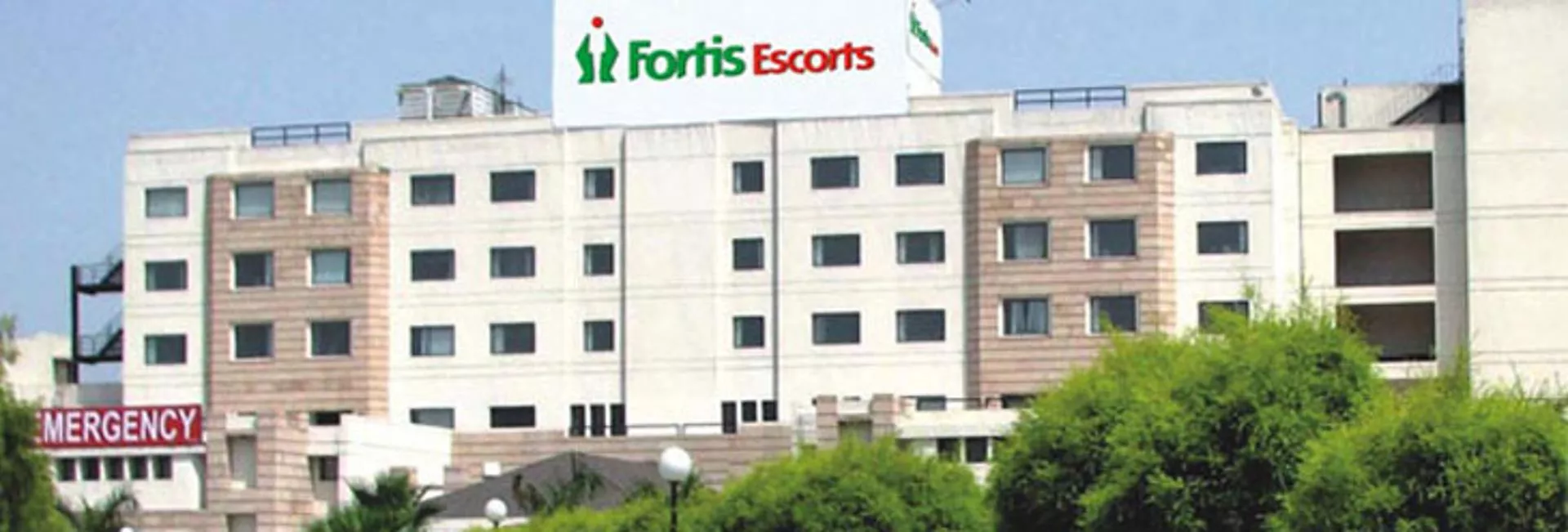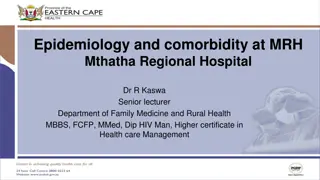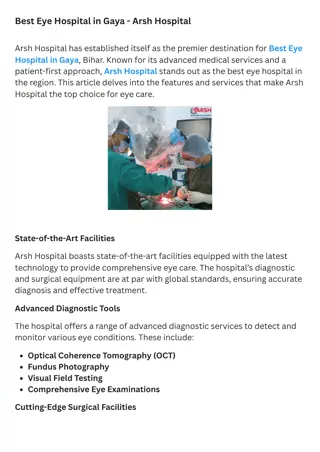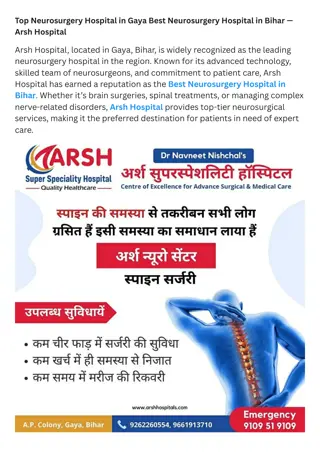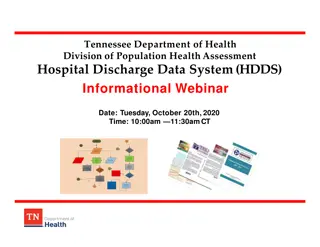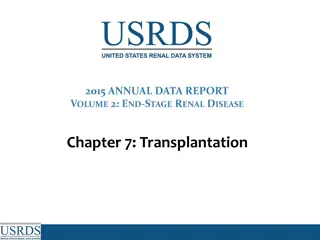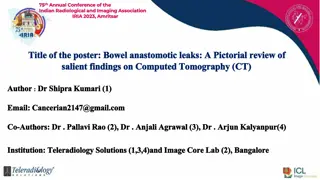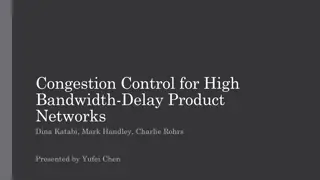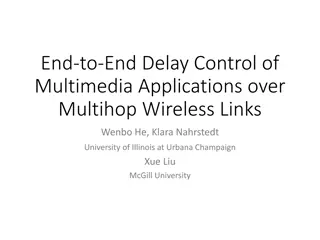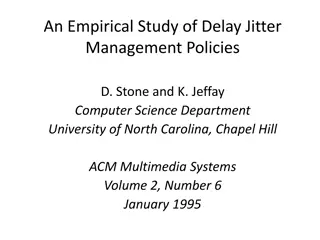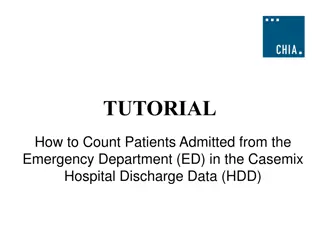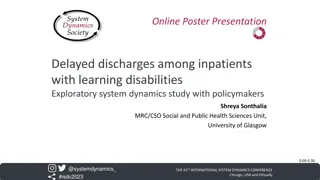Study on Reasons for Delay in Planned Discharges of Patients at Fortis Escorts Hospital, Amritsar
Delays in discharging patients can impact hospital efficiency and patient satisfaction. This study aims to identify barriers causing delays in patient discharge, analyze associated areas, and enhance the process for improved efficiency at Fortis Escorts Hospital, Amritsar.
Download Presentation

Please find below an Image/Link to download the presentation.
The content on the website is provided AS IS for your information and personal use only. It may not be sold, licensed, or shared on other websites without obtaining consent from the author. Download presentation by click this link. If you encounter any issues during the download, it is possible that the publisher has removed the file from their server.
E N D
Presentation Transcript
DISSERTATION PROJECT AT FORTIS ESCORTS HOSPITAL , AMRITSAR PREPARED BY - DR . ANSHI TYAGI PGDHM 2014-16 ROLL NO PG/14/10
TO IDENTIFY REASONS FOR DELAY IN PLANNED DISCHARGES OF PATIENTS
INTRODUCTION INTRODUCTION Discharge of an individual refers to transfer from the hospital to an alternative setting which is normally homecare. Planning for hospital discharge is an ongoing process that should start prior to admission for planned admissions and as soon as possible for all other admissions. Discharge management is essential to ensure:Beds are available for emergency admissions , Quality of patient care , Beds are efficiently used for elective patients to minimize waiting time. Stakeholders involved in the process are : Doctors , Nurses , Pharmacist , billing , cashier , TPA cell etc.
PROBLEM STATEMENT PROBLEM STATEMENT Delay in discharging patients from hospital is a long-standing and common problem Delayed discharges have an impact on hospitals ability to cut waiting lists and deliver healthcare effectively and efficiently. In acute care hospitals, prolonged length of stay (LOS) not only increases cost, but is also associated with increased rates of complications LOS is being used to analyse surgical performance as part of efficiency drives and financial pressures have emphasised the importance of expeditious hospital discharge. Identification of the barriers to timely discharge may help direct efforts towards reducing unnecessary hospital stay. Delay in discharge leads to bed unavailability and patient dissatisfaction.
ABSTRACT ABSTRACT Delays in discharging patients can impact hospital in terms of spoiling its rapport and leading to patient dissatisfaction .The discharge process is complex and involves lot of stakeholders in the process setting specific challenges that limit generalizability of solutions. The aim of this study was to do a Root cause analysis to identify reasons for delay in planned discharges of patients and to streamline the process leading to improvement .Primary outcome studied was discharge time ( physical movement of patient from the room ) and secondary outcome measured was length of discharge process. Data collected was analysed and results were discussed with an aim of improving the process and increasing the efficiency of the hospital .
OBJECTIVES : OBJECTIVES : General objective: To study the reasons for delay in planned discharge of patients and to give recommendations to reduce the Turn Around Time in Fortis Escorts hospital, Amritsar. Specific objectives: To monitor discharge process & identify the reasons for delay in discharge of the patients. To analyse the areas associated with delay in discharge. To ensure that the desired compliance level is achieved for IPD wards.
METHODOLOGY METHODOLOGY Study Design : observational and Descriptive study Study Area : Fortis Escorts Hospital , Amritsar Study population : Discharge patients of 3rd, 4th & 5th floor Study Method : Prospective time motion Study Sampling Method : Simple random sampling method Sample size : 500 patients Data collection Tools : Questionnaire & HIS
RESULTS & DISCUSSION RESULTS & DISCUSSION Figure 1 : Showing total time taken in length of discharge process for ECHS patients
CASH PATIENTS 2:24:00 2:07:48 2:09:36 1:55:12 1:40:48 1:26:24 1:12:00 1:07:25 0:57:36 0:43:12 0:31:24 0:28:59 0:28:48 0:14:24 0:00:00 TIME TAKEN FROM INTIMATION TO BILLING TIME TAKEN FROM BILLING TO CLEARANCE TIME TAKEN FOR DISCHARGE AFTER CLEARANCE TOTAL TIME TAKEN Figure 2 : Showing total time taken in length of discharge process for CASH patients
. . TPA PATIENTS 4:48:00 4:29:51 4:19:12 3:50:24 3:16:06 3:21:36 2:52:48 2:24:00 1:55:12 1:26:24 0:57:36 0:43:48 0:29:57 0:28:48 0:00:00 TIME TAKEN FROM INTIMATION TO BILLING TIME TAKEN FROM BILLING TO CLEARANCE TIME TAKEN FOR DISCHARGE AFTER CLEARANCE TOTAL TIME TAKEN Figure 3 : Showing total time taken in length of discharge process for TPA patients
90% PLANNED DISCHARGES BEFORE 11 AM 80% 70% 60% 50% 40% 30% 20% 10% 85% 65% 20% 0% ECHS CASH TPA MODE OF PAYMENT Figure 4 : Showing % discharges according to mode of payment of patients leaving before 11am
QUESTIONNAIRE ANALYSIS 25% 7 - 10 30% 0 - 3 COMPLIANCE LEVEL POOR 45% 4 - 6 AVERAGE EXCELLENT Figure 5: pie chart depicting compliance level of the staff for discharge process through questionnaire analysis
COMPLIANCE LEVEL SCORING CRITERIA COMPLIANCE % POOR 0 3 30% AVERAGE 4 6 45% EXCELLENT 7 - 10 25%
REASONS FOR DELAY REASONS FOR DELAY - - In order to find out the root causes for the delay in planned discharges , a Root Cause Analysis (RCA) was done to know the primary & root cause prevailing behind the delay in discharge. Fish bone diagram (cause effect diagram ) is used to know the root causes of delay in discharge process of Cash & TPA patients.
CHALLENGES FACED CHALLENGES FACED In changing the attitude of doctors regarding discharge process . Lack of accountability in the staff Many stakeholders are involved in the process so lot of efforts have to be put to maintain the network.
CONCLUSION CONCLUSION After completing this project , I will conclude that discharge process is a very important process as any delay in it will directly lead to patient dissatisfaction & affect the rapport of the hospital. Planned discharges should be on time & our planning should be above 85 %. Discharge process is started when the patient is stable and is in a condition to get discharged. This process is also time consuming as it includes many processes in itself. TPA patients has to go through a long process as they have to wait for the approval of the insurance company. Through some changes in the organization these issues can be sorted out.
RECOMMENDATIONS RECOMMENDATIONS FOR CASH PATIENTS Patients should be properly counselled at the time of admission regarding financial clearance by 10:30 am. Patients paying cash after 10: 30 am should be charged with half day room rent. Request for discount should be made through doctor one day prior Bill should be ready for discharge patients by 8:30 am. Investigation Reports should be made and signed by consultant one day prior to discharge or on priority basis if the same day discharge.
For Cross references doctor should take round on time to avoid any delay in discharge FOR TPA PATIENTS Bill of patient & discharge summaries should be ready by 8:00am Reports and summaries of the patients should be faxed to the TPA before 9:am. Daily a mail should be put on every nursing station for TPA patients planned discharges to avoid any confusion for the discharge nurse regarding mode of payment. Patients should be informed prior to discharge regarding clearance after final approval to avoid any further delay. Ideally we can define TAT for TPA .
QUESTIONNAIRE FOR TRACKING DISCHARGE PROCESS 1.Target % for discharges before 11am for cash patients is >50% 75% >72% >65% 2. Target % for discharges before 11am for ECHS/Corporate patients is : 50% 70% 65% 60% 3. . Target % for discharges before 11am for TPA patients is : 50% 55% 60% 65% 4. Delay in discharge of patients leads to : Patient dissatisfaction Bed unavailability Patient satisfaction Patient dissatisfaction & bed unavailability 5. Outlier in length of discharge process for cash patients is : _______________________________________________________________________ _______________________________________________________________________ _______________________________________________________________________
6 . Type of discharges: Planned & unplanned discharges Discharge on request LAMA All 7. Length of discharge process for Cash patients : 90 mins 120 mins 60 mins 30 mins 8. Length of discharge process for ECHS patients: 120 mins 140 mins 60 mins 90 mins 9. Length of discharge process for TPA Patients : 100 mins 120 mins 240 mins 200 mins 10. % of discharge planning should be more than: 75% 70% 80% 85%
REFERENCES : REFERENCES : http://www.ihi.org/resources/Pages/Changes/ScheduletheDischarge.aspx http://www.fiercehealthcare.com/story/study-hospital-discharge-processes- still-need-work/2013-08-21 http://www.uptodate.com/contents/hospital-discharge-and-readmission http://www.ncbi.nlm.nih.gov/pmc/articles/PMC2655791/ \Hendrich AL, Lee N: Intra-Unit Patient Transports: Time, Motion, and Cost Impact on Hospital Efficiency. Nurs Econ. 2005, 23: 157-64.PubMed http://bmb.oxfordjournals.org/content/95/1/33.full Strang IW, Boddy FA, Jennett B: Patients in acute surgical wards: a survey in Glasgow. Br Med J. 1977, 1: 545-548. 10.1136/bmj.1.6060.545. Lim SC, Doshi V, Castasus B, Lim JK, Mamun K: Factors causing delay in discharge of elderly patients in an acute care hospital. Ann Acad Med Singapore. 2006, 35: 27-32.





